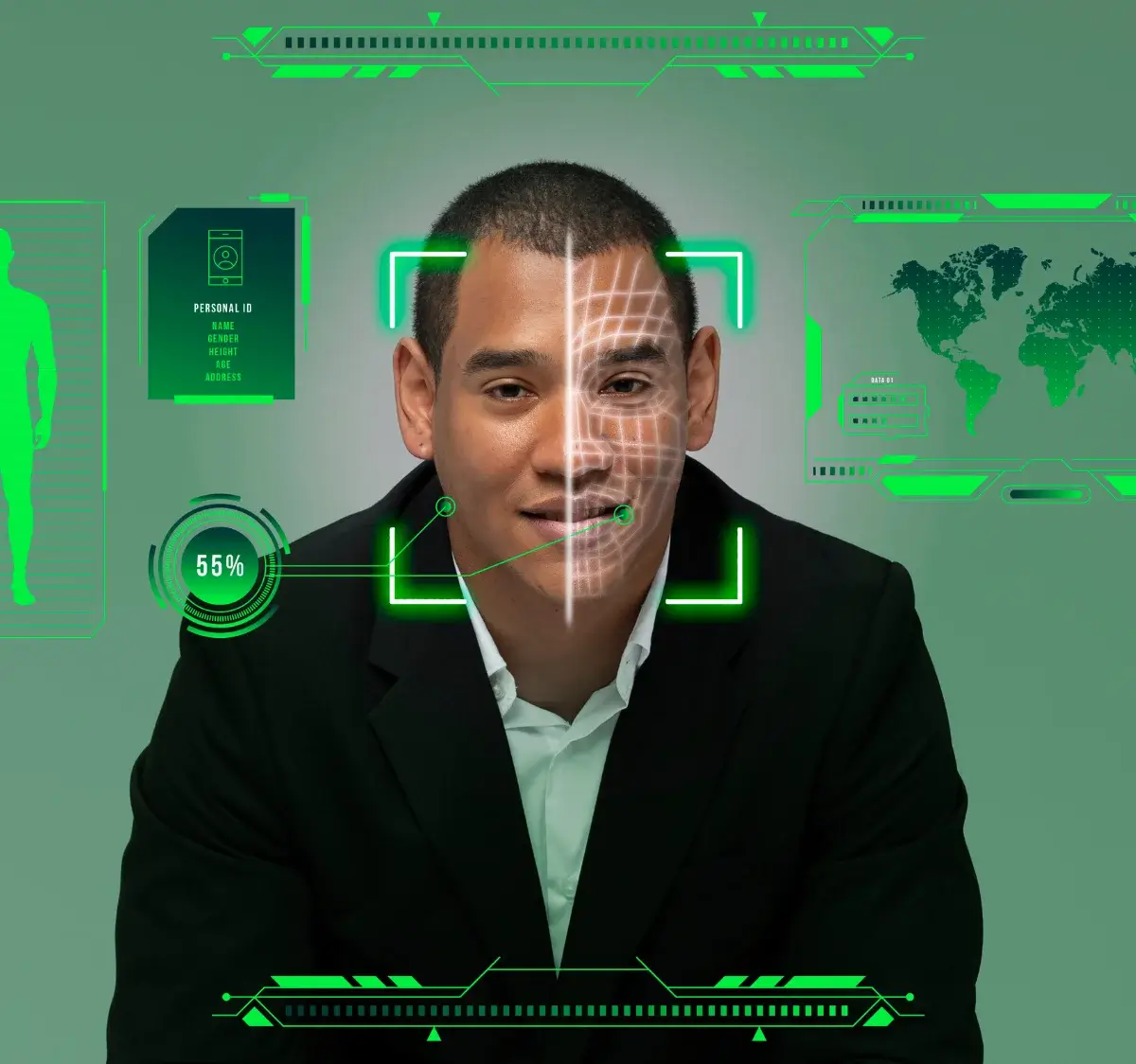When you look at a photograph, your brain effortlessly identifies faces, objects, text, and countless other elements within fractions of a second. This remarkable ability, which we often take for granted, has proven to be one of the most challenging capabilities to replicate in machines. Computer vision—the field dedicated to helping computers understand visual information—has made extraordinary progress in recent years, transforming everything from healthcare to autonomous vehicles. But how exactly do machines learn to "see"?
The Fundamental Challenge: From Pixels to Understanding
At its core, a digital image is nothing more than a grid of numbers representing pixel intensities. When a computer receives an image, it sees a matrix of values—typically ranging from 0 to 255 for each color channel. The fundamental challenge of computer vision lies in bridging the gap between these raw numerical values and meaningful interpretations: recognizing that a particular pattern of pixels represents a cat, a car, or a cancerous cell.
Building Blocks: The Image Processing Pipeline
Before machines can understand images, they need to process them through several crucial stages. Think of it as similar to how human vision works: our eyes don't just passively receive light; they actively adjust focus, handle different lighting conditions, and pre-process visual information before it reaches our brain. Similarly, computer vision systems employ a sophisticated pipeline of operations.
"Computer vision is not about replicating human vision—it's about creating machines that can extract meaningful information from visual data, often in ways that exceed human capabilities." — Fei-Fei Li, AI Researcher
Stage 1: Image Pre-processing
The journey begins with preparing the image for analysis. This involves techniques like noise reduction, contrast enhancement, and normalization. Just as you might adjust your camera's settings to get a better photo, these pre-processing steps ensure the machine receives the clearest possible input. Color space conversions might transform the image from RGB to HSV or grayscale, depending on the task at hand. Geometric transformations might resize or rotate the image to a standardized format.
Stage 2: Feature Detection and Extraction
Next comes one of the most crucial steps: identifying distinctive features within the image. These could be edges, corners, textures, or more complex patterns. Traditional computer vision relied heavily on hand-crafted feature detectors—algorithms specifically designed to identify certain types of features. The SIFT (Scale-Invariant Feature Transform) algorithm, for instance, revolutionized the field by finding features that could be recognized regardless of the image's scale, rotation, or lighting conditions.
The Deep Learning Revolution
The landscape of computer vision changed dramatically with the rise of deep learning, particularly Convolutional Neural Networks (CNNs). Unlike traditional approaches that relied on manually designed feature detectors, CNNs learn to identify important features automatically through training on massive datasets. This approach mirrors how human visual learning develops through exposure to countless images during childhood.
How Neural Networks See
A CNN processes images through multiple layers, each learning to recognize increasingly complex patterns. The first layers might detect simple edges and gradients, middle layers might identify textures and basic shapes, while deeper layers learn to recognize entire objects or faces. This hierarchical learning process creates a rich internal representation of visual information, allowing the network to make sophisticated interpretations of new images it encounters.
Real-World Applications
The impact of computer vision extends far beyond academic research. In medicine, AI systems can now detect diseases in medical images with accuracy rivaling human experts. In agriculture, drones equipped with computer vision monitor crop health and optimize irrigation. Retail stores use it for automated checkout systems, while manufacturing plants employ it for quality control. Perhaps most visibly, computer vision forms the backbone of autonomous vehicle navigation systems.
Current Challenges and Future Directions
Despite remarkable progress, computer vision still faces significant challenges. Systems can be fooled by adversarial examples—specially crafted images that appear normal to humans but cause AI systems to make mistakes. They sometimes struggle with unusual lighting conditions, partially obscured objects, or situations that require common-sense reasoning. Additionally, the high computational demands of sophisticated vision systems present challenges for deployment on mobile devices.
The Road Ahead
Researchers are actively working on making computer vision systems more robust, efficient, and capable of understanding context. New architectures like transformers, originally developed for natural language processing, are being adapted for vision tasks with promising results. Self-supervised learning techniques are reducing the need for large labeled datasets, while neuromorphic computing approaches aim to create more brain-like visual processing systems.
As computer vision continues to evolve, we're moving closer to systems that don't just see but truly understand the visual world. The field is progressing from simple pattern recognition to sophisticated scene understanding, including the relationships between objects, actions being performed, and even emotional content. This deeper level of visual understanding will enable new applications we can only begin to imagine.


